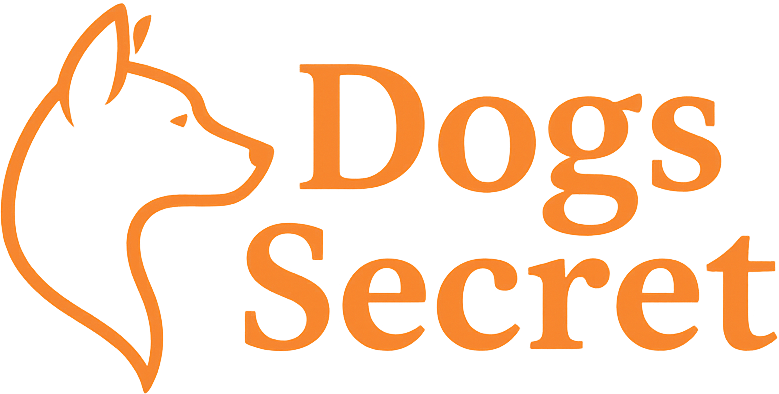Signs your dog has anxiety aren’t always obvious—but recognizing them early can make a big difference in your dog’s well-being. Just like people, dogs can experience anxiety—and it often goes unnoticed or misinterpreted as bad behavior. But anxiety in dogs is real and can affect their health, happiness, and relationship with you.
Understanding the signs of anxiety is the first step toward helping your dog feel more secure and relaxed. In this guide, we’ll explain the top 5 most common signs of dog anxiety, what they mean, and when it’s time to take action.
What Causes Anxiety in Dogs?
Anxiety can develop in dogs for many reasons, including:
- Past trauma or abandonment (common in rescues)
- Lack of socialization as a puppy
- Changes in routine (moving, new baby, new pet)
- Separation from their owner
- Loud noises (thunder, fireworks)
- Underlying health issues
Some dogs are more prone to anxiety due to breed tendencies, genetics, or early experiences.
Top 5 Signs Your Dog Might Have Anxiety
1. Excessive Barking, Whining, or Howling
Dogs use vocalization to communicate distress. If your dog barks or cries when left alone, during storms, or around new people, it may be a sign of:
- Separation anxiety
- Noise phobia
- Social anxiety
Especially if the vocalizing is paired with pacing, panting, or door-scratching, anxiety is a likely cause.
2. Destructive Behavior
Chewing shoes, scratching doors, tearing up beds, or digging at windows can signal panic or frustration—not mischief.
This behavior often happens when the dog is alone or triggered by a specific event (like loud sounds or a visitor). It’s especially concerning when:
- It’s repetitive
- It only happens during certain situations
- It results in self-injury (chewing paws, teeth damage)
3. Pacing, Trembling, or Restlessness
An anxious dog may:
- Pace in circles or along fences
- Shake as if cold
- Lick lips or yawn excessively
- Refuse to lie down or settle
These are often subtle signs of chronic stress, especially in high-energy or sensitive breeds.
4. Avoidance or Hiding
If your dog suddenly hides under beds, behind furniture, or refuses to engage:
- They may be experiencing fear or anxiety
- It may happen around new people, other pets, or loud noises
- You may also notice a tucked tail, lowered ears, or flattened body
Some dogs will also try to escape the house or leash, which can be dangerous.
5. Changes in Eating or Bathroom Habits
Anxiety can trigger physical symptoms, including:
- Loss of appetite or overeating
- Sudden accidents indoors (even if house-trained)
- Diarrhea, constipation, or vomiting (especially when stressed)
Some dogs will also try to escape the house or leash, which can be dangerous.
When to Talk to Your Vet or Behaviorist
You should consult a professional if:
- The anxiety is chronic or worsening
- Your dog is injuring themselves or others
- Daily routines are being affected
- You’re unsure what’s causing the anxiety
- You’ve tried training or routine changes with no improvement
A vet can rule out medical causes and may recommend:
- Calming supplements or prescription medication
- Behavior modification plans
- Professional training or desensitization techniques
Tips to Help an Anxious Dog
- Stick to a consistent daily routine
- Use calming aids (pheromone diffusers, anxiety wraps, calming beds)
- Provide mental stimulation with puzzle toys and sniffing games
- Create a safe space (crate, quiet room, or covered bed)
- Practice positive reinforcement during stressful events
- Slowly desensitize your dog to known triggers (with professional help if needed)
Conclusion
Final Thoughts on the Top 5 Signs Your Dog Might Have Anxiety
Anxiety isn’t just “bad behavior”—it’s a real emotional state your dog is struggling to cope with. By recognizing the signs early and responding with patience and care, you can help your dog feel safe and secure in their environment.
Want a printable Dog Anxiety Checklist or calming routine? Visit our Canine Behavior & Wellness Center for tools, guides, and expert tips.

